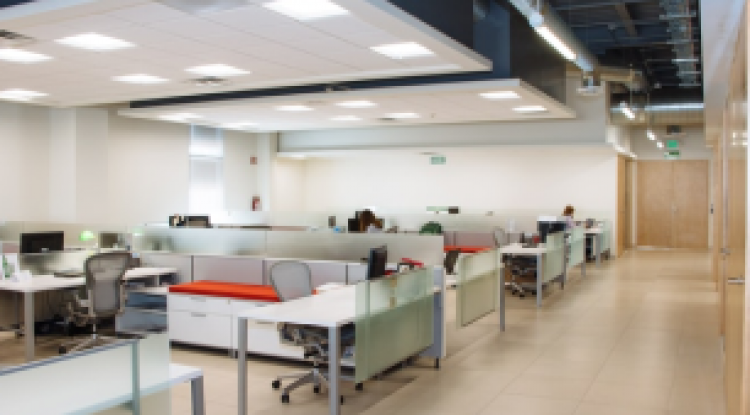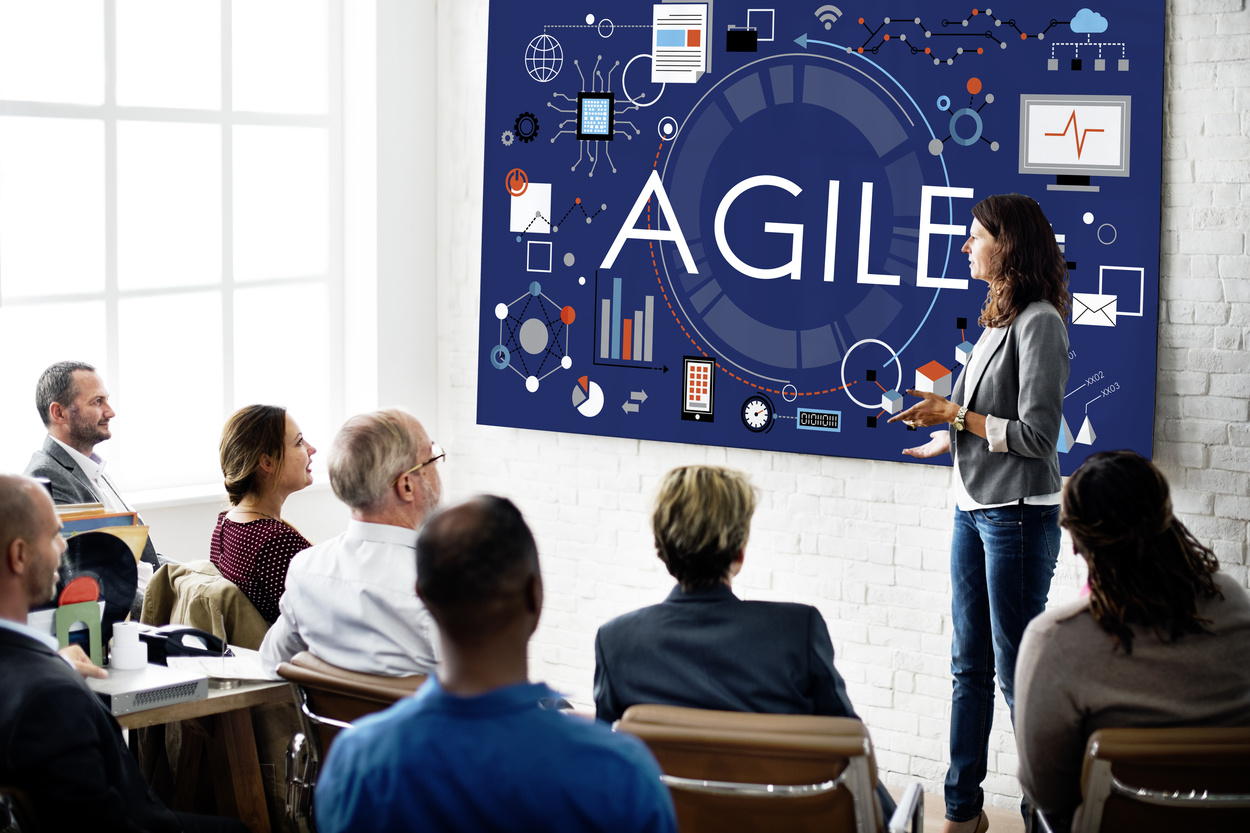- HCM
Get Ahead, Get Agile with New Age AI Enabled HR tech for Employee Experience
05 Oct, 2022 |

Is Your Legacy System Meeting the needs of the changing Workplaces of Today ? Get Ahead, Get Agile with New Age AI Enabled HR tech
“It is not the strongest of the species that survive, nor the most intelligent, but the one more responsive to change” – Charles Darwin
Not all things old, are gold. Some of them do turn ineffective in the longer run – in this context, it’s the ailing legacy systems. Legacy systems have had a good run over the past few decades, allowing large corporations to structure their HR processes, but in the wake of the dynamic shifts industries are facing today, legacy systems are barely keeping up with the time. With the global pandemic that transcended industries quite rapidly, organizations are in need of a more versatile, flexible system with functions customized to their unique needs, a gap that clearly legacy systems are unable to fill. Legacy systems, once effective in bringing structure to organizations have been in place since the 1980’s and were effective for a while in an environment when the work, worker & the workplace had fixed definitions.
Exploring the Top 10 Chatbot Trends for Enhanced HR Efficiency
Under the current circumstances where businesses are swiftly moving to a dynamic, ever-evolving work culture, a flexible system is a more suitable platform to process HR functions. Moreover, legacy systems are not very flexible and hence struggle to meet the needs of the agile workplace of today. The cost of maintaining legacy systems is another drawback that puts a great strain on organizational budgets, interrupting the business flow.
In the face of the global pandemic, a lot has changed in the way organizations function and manage their employees. The pandemic has caused HR to pay more attention to employee health and well-being, understanding employee’s need to juggle home and work and ensuring an effective workflow, - functions that are not possible to manage smoothly, without compromising on HR’s bandwidth with the old legacy systems in place.
So what should organizations and HR leaders do?
Veteran software architect and managing partner to PwC Consultants, Pieter Vaniperen, remarks, “Every business should be moving to the cloud and undergoing digital transformation." What HR managers should do is ask themselves the following questions and take into consideration their unique organizational needs.
- Is my current legacy system standing in the way of flexibility for managing my workforce and benefits offerings?
- Is my HR Tech customized to best suit my organization's need & is it scalable?
- Is my data coming from a single source of truth?
- Is my Team getting Real-time actionable insights to enable predictive actions?
- Are my employees satisfied with the tools and believe them to be state-of-the-art to help them get their jobs done?
- Is the HR Bandwidth clear to perform strategic & business-critical roles?
Explore the Top 5 Benefits of HR Software for Enhanced HR Management
There has been a great shift from HCM and ERP systems in HR technology to employee experience and talent intelligence systems that requires HR leaders to change their mindsets, blur the fine line between employee and business, and build a cohesive situation that comprehends the needs of the organization as well as employees.
To meet the needs of business and workplace evolution, HR leaders need to openly address and provide solutions that enable real changes such as meeting the needs of a workforce that demands more freedom, autonomy, and flexibility.
New-age HR technology is making business transitions smoother by enabling a range of processes. From recruitment and onboarding to enabling remote work and analyzing employee sentiments to evaluating attrition rates as well as measuring performance, technology is helping businesses evolve rapidly, with the likes of Artificial Intelligence (AI), Machine Learning (ML), Natural Language Processing (NLP), Big Data and Analytics, Robotic Automation, Virtual Reality and Augmented Reality, Gamification, etc. reinventing the nature of work and giving way to newer business models.
A range of HR suite models is helping HR focus on business operations and strategic implementations by reducing time-consuming, manual activities. For example: using new-age HRIS, HR can select the right candidate without manually sorting out candidates or depending on third-party job portals to match the skills and requirements of the organization, as well as ensuring attendance records from remote locations. Additionally, innovations like the Talent management dashboard provide recruiters with an overview of the talent pool helping recruiters nurture talent for the future with the single click of a button. The new suite of HR technology implements a wide variety of functions, for example, sentiment analytics tools that help organizations understand the pulse of the organization and cater to the unique employee needs. Furthermore, the latest developments in HR tech have made way for readily accessible data with a single click through HR dashboards which have been instrumental in understanding employees through every touch-point of the employee lifecycle and will continue to do so.
The future of work is being redefined as we speak, and the rules of the past for talent acquisition, engagement & retention are being challenged.
Now is the time to transform to create workplaces conducive to employee productivity.
It's time to move to an AI-Driven, New Age Agile Employee Experience Platform.
We would be happy to demonstrate how we have successfully transformed the employee experience for over 1 Million employees. Click to talk to our Transformation Consultants!
.png?width=50&height=50&name=Team%20HONO%20logo-01%20(1).png)




